In the ever-evolving world of interior design, mid-century modern planters have emerged as timeless treasures that effortlessly bridge the past and present. Whether you’re new to home decorating or a seasoned stylist, incorporating these iconic pieces into your space can bring a touch of elegance and nostalgia that elevates your entire decor scheme. With their sleek lines and organic forms, mid-century modern planters not only enhance the aesthetic of your home but also introduce a layer of sophistication that invites admiration and curiosity.
For those just beginning their design journey, mid-century modern planters offer a perfect entry point into the chic, minimalist style that defined an era. Meanwhile, experienced decorators can appreciate the versatility and enduring appeal that these planters bring, allowing them to craft spaces that are both stylish and timeless. In this article, we will delve into the key characteristics that define mid-century modern planters, explore the various materials and designs available, and provide insightful tips on how to seamlessly integrate them into any home setting.
As we explore the world of mid-century modern planters, you’ll discover how these pieces can transform an ordinary room into a vibrant, harmonious living space. We’ll guide you through selecting the right planter for your specific needs, ensuring that your choice complements your existing decor while adding a unique flair. By the end of this article, you’ll not only have a deeper appreciation for the beauty and functionality of mid-century modern planters but also the confidence to incorporate them into your own home with style and ease.
Introduction to Mid-century Planters
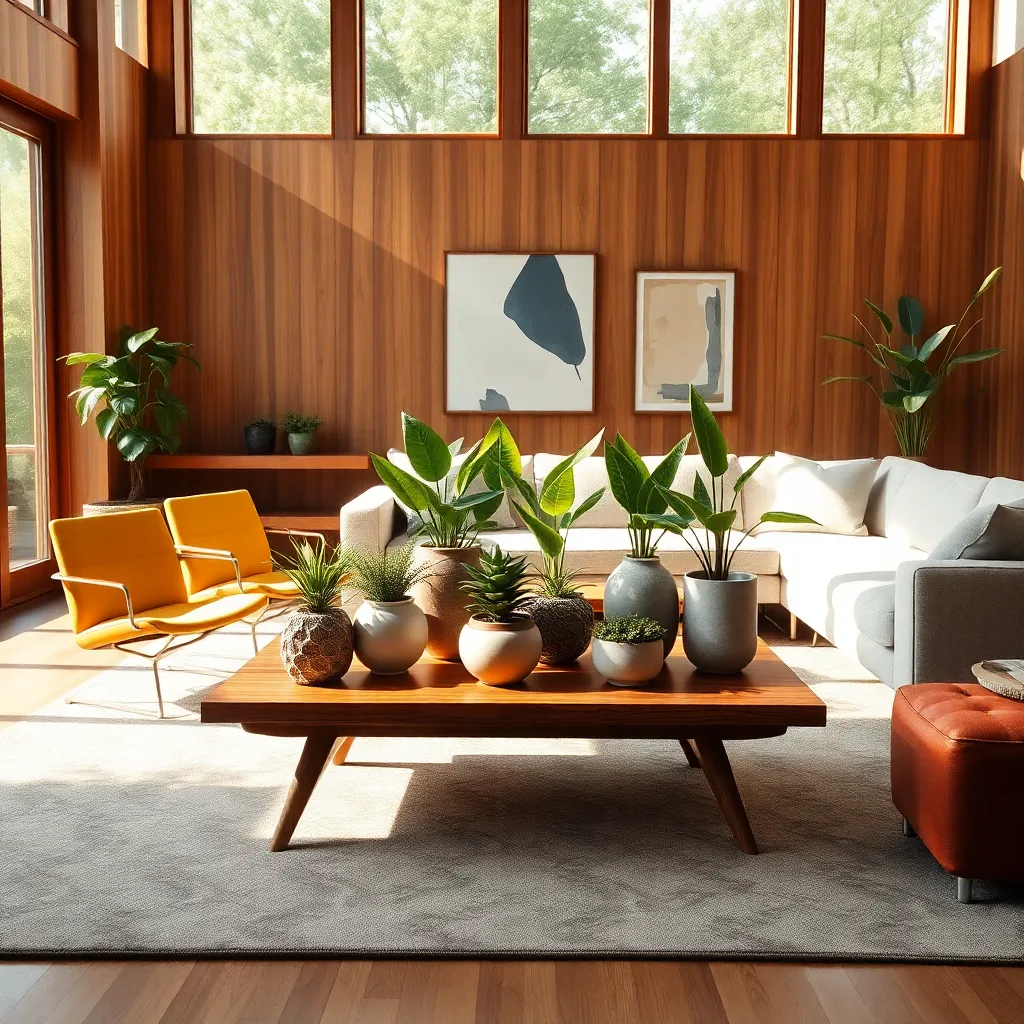
Mid-century planters are a quintessential element in capturing the essence of mid-century modern style. They often feature clean lines, simple shapes, and a mix of natural materials that complement the vibrant greenery they hold.
When selecting a mid-century planter, look for options in materials like ceramic, wood, or fiberglass to maintain authenticity. Choose planters with natural hues or subtle earth tones to blend seamlessly with other mid-century modern furniture in your space.
Placement of your planters is crucial to achieving the right aesthetic. Consider placing them at varying heights, using plant stands or shelving to create a dynamic visual effect while also maximizing space.
For beginners, start by incorporating a few well-chosen planters in key areas such as the living room or entryway. Advanced decorators can experiment with bold arrangements, pairing plants with iconic mid-century furniture pieces like the Eames lounge chair for a cohesive look.
Enhancing your interior with mid-century planters is not just about the plants themselves, but also about the harmony they bring to your overall design. Use them to introduce texture and life, ensuring they complement both the color scheme and the architectural elements of your home.
Iconic Planter Designs and Styles
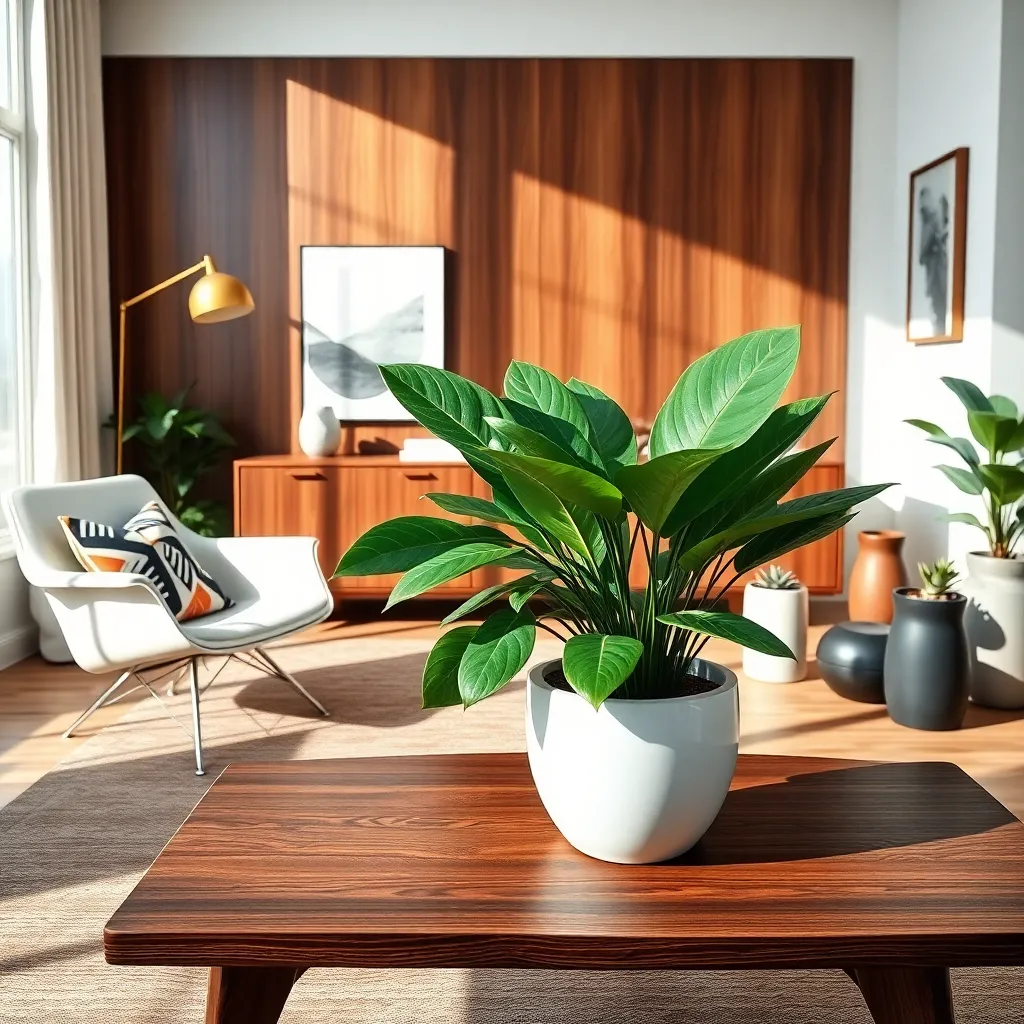
To achieve the iconic mid-century modern look in planters, start by exploring materials like ceramic and fiberglass. These materials not only reflect the era’s aesthetic but also offer durability and a sleek finish that complements any interior.
Choosing the right color scheme can enhance the vibe of your space. Opt for earthy tones like mustard, olive, and terracotta to create a warm and inviting atmosphere.
Placement plays a crucial role in showcasing your planters effectively. Consider positioning them near large windows to allow plants to thrive while adding a touch of nature indoors.
For advanced decorators, mixing planter heights can add visual interest and depth. Use a combination of floor-standing planters and tabletop versions to create a dynamic display.
Explore planters with unique shapes such as round or tapered designs to inject personality into your decor. These shapes can act as focal points, drawing attention and creating conversation pieces.
Incorporating stands made of wood or metal can elevate the planter’s presence in a room. A wooden stand adds warmth, while a metal stand provides a modern edge, allowing for versatile styling options.
For those ready to experiment, consider pairing planters with mid-century modern furniture. A planter beside an Eames chair or a sleek sideboard can create a cohesive look that celebrates the era’s design ethos.
Choosing Materials and Finishes
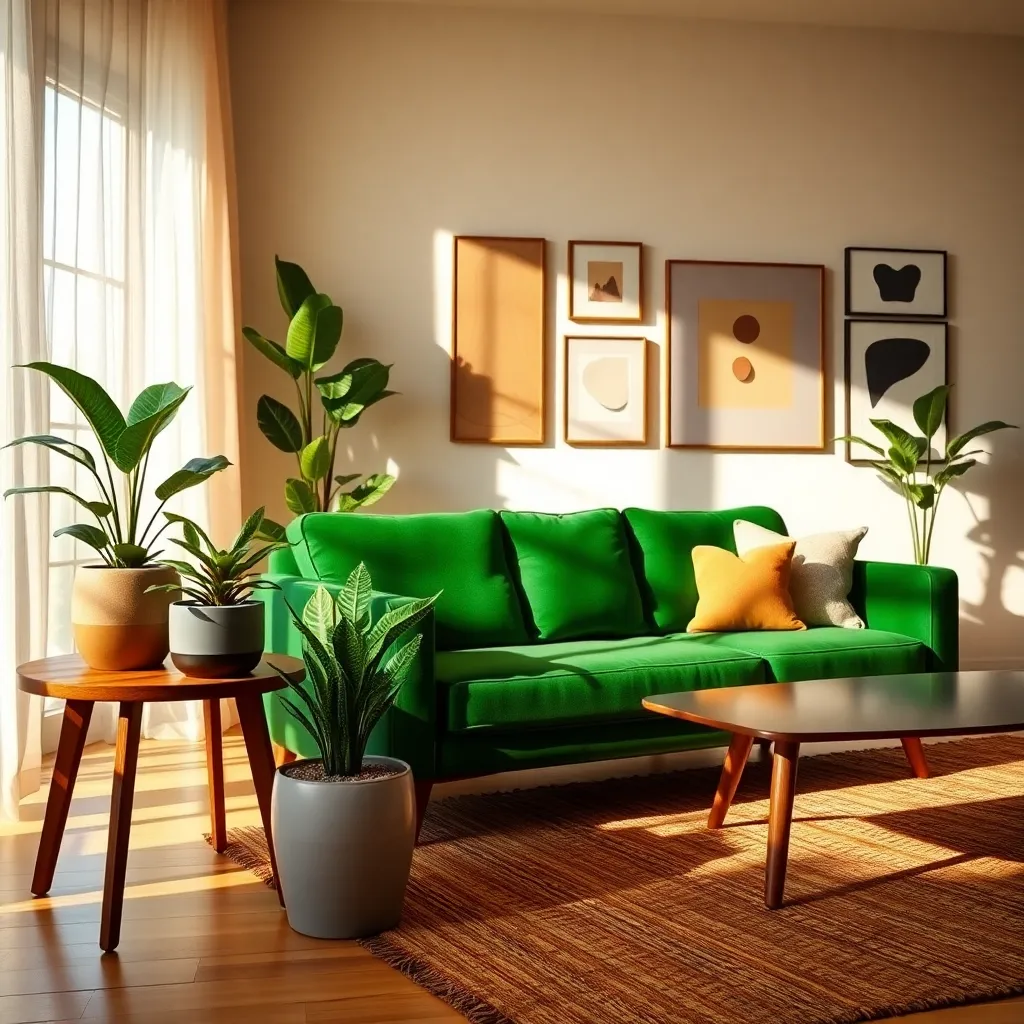
When selecting materials for mid-century modern planters, consider opting for natural materials like ceramic and wood to stay true to the era’s aesthetic. These materials not only complement the style but also provide durability and versatility, perfect for both indoor and outdoor settings.
For a more contemporary twist, you can incorporate metal finishes such as brass or copper, which add a sleek, modern touch. Pairing these metallic elements with the classic mid-century shapes can create a stunning visual contrast that elevates your space.
Color is another crucial element when choosing finishes for your planters. Sticking to a neutral palette with shades like white, black, or earthy tones allows the planters to blend seamlessly into any decor theme while highlighting the plants themselves.
To make a bold statement, you might explore using vibrant colors such as teal or mustard, which were popular during the mid-century period. This approach can inject a pop of color into a neutral room, creating an eye-catching focal point without overwhelming the space.
Consider the texture of the materials to add depth and interest to your planters. Textured ceramics or matte finishes can enhance the tactile experience and provide a dynamic element to your overall design.
Placement is key when styling your mid-century modern planters. Grouping planters of varying heights and sizes can create a visually engaging arrangement, while strategically placing them next to furniture pieces can help tie the room together.
Placement Tips for Aesthetic Appeal
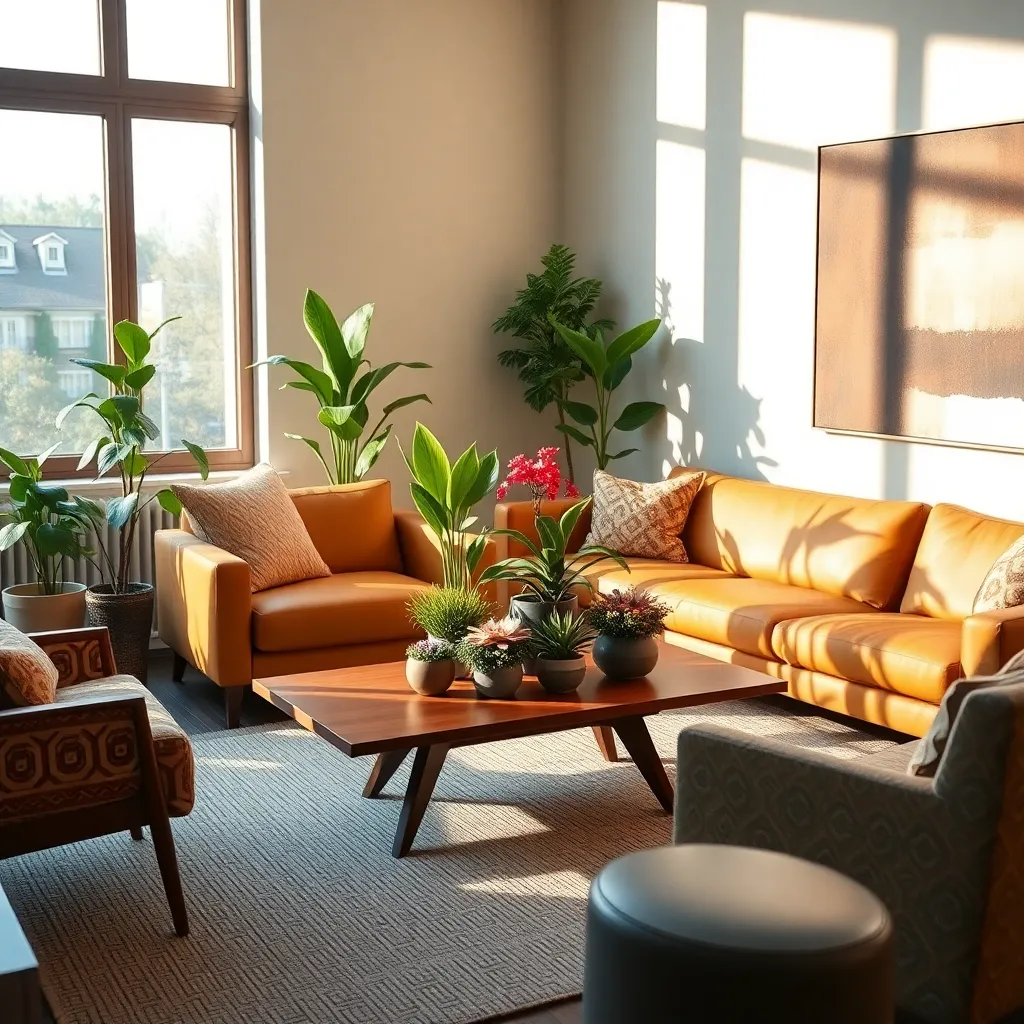
When integrating mid-century modern planters into your space, consider placing them at varying heights to create visual interest. Use plant stands or stack planters on low tables to achieve this layered effect, making your plants a dynamic focal point.
Position your planters near natural light sources to amplify the mid-century aesthetic, as this style thrives on bright, airy spaces. If natural light is limited, choose artificial lighting that mimics daylight to keep your plants healthy and vibrant.
Incorporate planters with earthy tones or muted colors to complement other mid-century elements such as wooden furniture or neutral fabrics. This will help unify the room’s color palette while allowing the natural greenery to stand out.
For a more advanced design technique, group planters of various shapes and sizes together to form a cohesive arrangement. Use the largest planter as an anchor, and surround it with smaller, complementary pieces to achieve balance and harmony in the space.
Caring for Your Planters
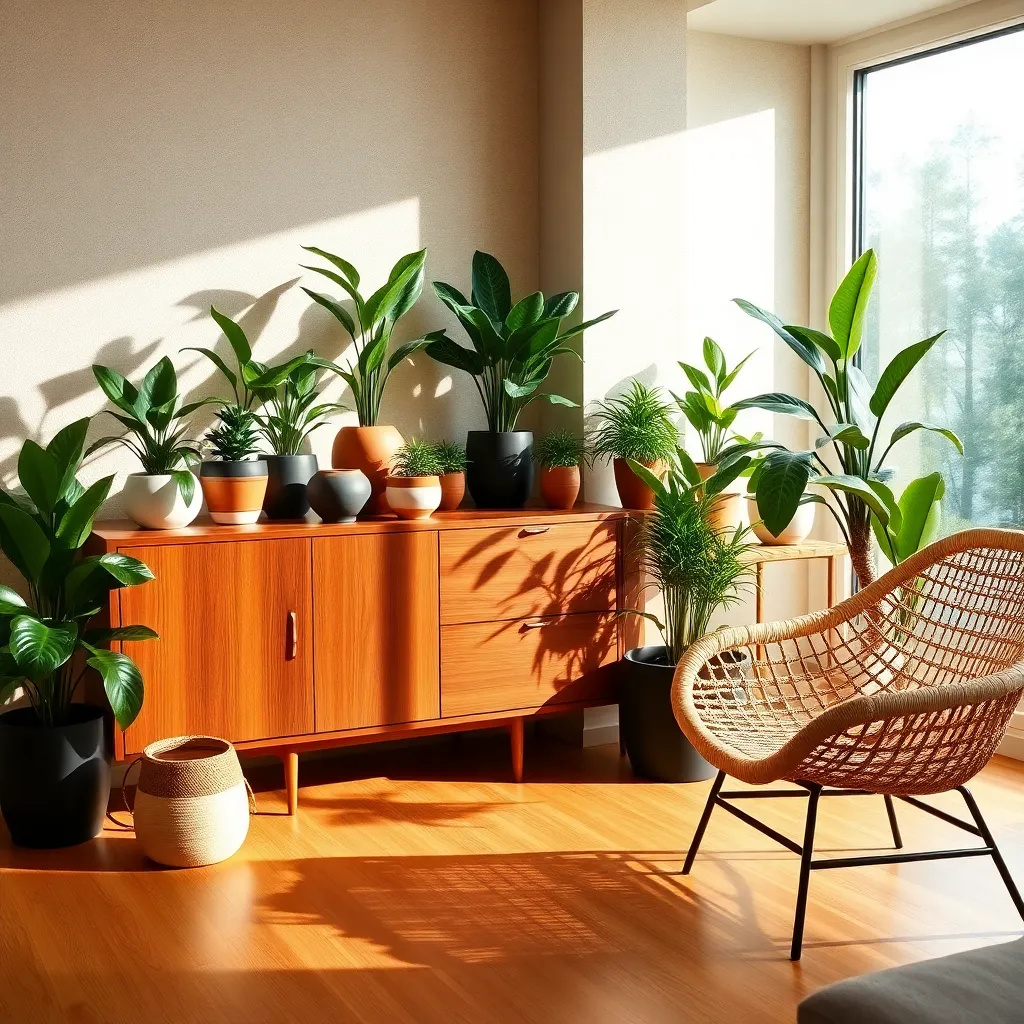
Mid-century modern planters are not only decorative but also require thoughtful care to maintain their lush appeal. To start, ensure that your planters have proper drainage holes, which are essential for preventing waterlogging and promoting healthy plant roots.
Regular cleaning is crucial to keep your planters looking pristine and stylish. Use a mild soap and water solution to gently wipe down the exterior, especially for planters made of delicate materials like ceramic or fiberglass.
Consider the material of your planter when deciding its placement in your home. For instance, wooden planters should be kept away from excessive moisture to avoid warping, while metal planters need protection from direct sunlight to prevent overheating.
To enhance the longevity of your planters, periodically check for signs of wear such as cracks or discoloration. Applying a sealant to terracotta and clay planters can help retain their original look while adding an extra layer of protection against the elements.
Conclusion: Growing Success with These Plants
In exploring ‘Mid-century Modern Planters,’ we’ve uncovered five key concepts that can nurture your relationship growth. First, just as planters need the right environment, creating a supportive and nurturing setting is essential for love to thrive. Second, like the unique designs of mid-century planters, embracing individuality within your partnership enhances its beauty. Third, regular maintenance parallels the importance of consistent communication, ensuring the health of your relationship. Fourth, the blend of form and function in these designs reminds us of the balance between romance and practicality. Lastly, just as planters adapt to different plants, flexibility and adaptability are crucial to relationship resilience.
To put these insights into practice, start by assessing how you can create a more supportive environment for your partner today. Whether it’s through a thoughtful gesture or a meaningful conversation, small actions can make a big difference.
Remember to save or bookmark this article as a handy guide for nurturing your relationship. With these principles in mind, you are well-equipped to cultivate a thriving, enduring partnership. Embrace these lessons and watch your relationship blossom into a success story that stands the test of time.
